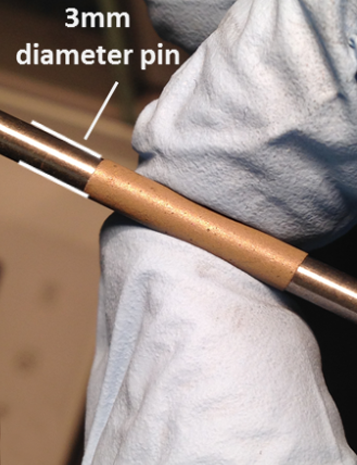The dream of a lithium-ion battery with much higher energy density has led to the pursuit of new types of silicon-based anodes and a deeper understanding of the critical interfaces found in lithium-ion systems.
Argonne National Laboratory is teamed up with Lawrence Berkeley National Laboratory, National Renewable Energy Laboratory, Oak Ridge National Laboratory, Pacific Northwest National Laboratory, and Sandia National Laboratories to surmount the barriers associated with development of an advanced anode based on silicon-carbon electrodes. While low weight percent silicon on graphite electrodes are presently used, achieving much higher percentages of silicon would raise energy density of a LIB while allowing for alternative cell designs to be explored.
Silicon is a very attractive alternative to graphitic carbon alone due to its much higher theoretical capacity for energy storage, nearly an order of magnitude more per gram, and relative availability due to its use worldwide in various industries. However, in electrodes with larger amounts of elemental silicon (about 15 percent) and thus much higher energy density, several problems seriously limit the calendar life, including large parasitic currents on standing. The wealth of previous electrochemical studies on anodes with this element is both a testament to its potential and the size of the challenge that must be overcome, requiring innovation on multiple fronts.
This multi-laboratory program now in progress utilizes various silicon materials tested in full cells versus matched commercially relevant cathodes. Argonne’s Cell Analysis, Modeling, and Prototyping (CAMP) Facility leads the cell-testing and evaluation team fabricating and testing prototype electrodes, identifying limitations in state of the art cells, and devising testing protocols. By having access to these materials and data, Argonne and the other participating laboratories are able to characterize the same materials using different techniques and test these materials versus time, storage conditions, or cycle life. As a result, the test data can be reliably compared with that from all six laboratories.
Argonne’s Post-Test Facility is evaluating the electrodes and cells from the CAMP Facility to elucidate failure mechanisms, especially issues associated with surface degradation. These results are fed back to the many researchers in the program to advance their research.
